One of the best things you can do for your home is to go green. Not only do energy-efficient and sustainable upgrades benefit the environment, they’ll also save you money on your heating and cooling bills by increasing the insulating properties of your home. Although some green upgrades may be a bit pricier than their non-green counterparts, these features also tend to be more durable and require little maintenance or upkeep over the years, so you’ll save big money in the long run by not having to replace or restore old or inefficient products.
Below, I’ve identified four important green upgrades you should seriously consider for your home.
1. Energy-Efficient Windows
Having properly-fitted, tightly-sealed windows is absolutely crucial to the energy efficiency of your home. Old or poorly-constructed windows can have cracks or other seal failures that let air escape, which may be why you have to crank the heat in the winter and the AC in the summer. One of the best green upgrades for your home is fiberglass windows. Not only are they often made with 100% recycled materials and take less energy to produce than windows made from other materials, they also contract less and won’t chip, rot, or warp over time. That means you won’t be having any seal failures, so your home will remain properly insulated at all times.
Go the extra mile and have your fiberglass windows outfitted with energy-efficient glass, like Low E (emissivity) II Glass, which blocks 84% of UV rays. That means your carpets and upholstery will be better protected from fading and damage by the sun, and the unique, all-climate glazing on the glass will reflect heat into the room in the winter, while blocking heat in the summer.
2. Cork Flooring
Cork flooring has become increasingly popular over the past few years, most notably because it’s a joy to stand on. Now, that might seem like a strange statement, but it’s true! The unique cellular structure of cork makes it highly shock-absorbent and also quite soft. That makes cork flooring a particularly great option for rooms where you’re on your feet a lot, such as the kitchen. You’ll notice less back and leg strain while standing on cork, and the material’s natural resistance to water, mold, rot, dust, and other particles will help keep your space more sanitary.
While cork may be soft that doesn’t mean it’ll be prone to degrading or other wear: this stuff is tough and is the flooring of choice for very high-traffic areas, such as banks, libraries, and hospitals. If damage does occur to your cork floor, it can also be easily repaired by sanding down the surface and re-applying a sealant.
3. LED Bulbs
One quick green upgrade you can do for your home is switching out your old light bulbs for LED lights. Regular light bulbs convert only about 20% of energy into light, while 80% is lost to heat. LED bulbs are the opposite – 80% of energy is converted to light, with only 20% loss. They can also truly stand the test of time, as a single LED bulb can last 20 years or more. Plus, they don’t burn out like ordinary light bulbs, but rather gradually reduce in brightness near the end of its life.
Now, price may be an issue, as LED bulbs can cost anywhere from $40-$100. However, you’ll be saving money over time by not having to replace your bulbs as frequently, and the fact that they need only a low voltage power supply means your electric bill could be dramatically lower each and every year.
If you can’t outfit your whole home with LED bulbs, consider installing them in the most frequently used light fixtures to start with. This could also have a dramatic effect on your lighting bill, while still helping to increase the overall energy efficiency of your home. Like what you see? Over time, replace more bulbs in your home with LEDs and then, well, you can pretty much forget about them!
4) Metal Roofing
Replacing or repairing one’s roof can not only be a costly venture, but a time consuming one as well. If you choose a roof not exactly known for its eco-friendliness, like an asphalt roof, then you may end up in the same position as you were before–repairing or replacing your roof.
If you’re truly looking to go green in all aspects of your home and cut down on your energy costs each month, then you may want to consider taking a look at a metal roof. Though, they’re somewhat costlier than your average asphalt roof, they can last a lifetime: 50-plus years. What’s unique about a metal roof is that it is fit to endure for all seasons of the year. During the summer, a metal roof can repel any hot air away from your home, maintaining the cool air provided by your air conditioning unit; during winter, it’ll conserve and maintain the heat within your home.
If you live in a climate vulnerable to strong storms, especially near a coastline, a metal roof is often strong enough to face the harshest rains and winds.
Green home upgrades are not only beneficial to the world around you; they can also help you save money over time by reducing your energy bills, and your overall energy consumption. Have you made a green upgrade to your home recently?
Wanting to take an even bigger step towards a sustainable home? We've outlined seven simple switches you can make right now.
Written by Paul Kazlov of Global Home Improvement
Paul Kazlov is a “green” home remodeling enthusiast and an industry pioneer for innovation in home renovation. Paul writes for the Global Home Improvement blog and strives to educate people about “green” products such as metal roofing and solar. Follow him on Twitter @PaulKazlov.
Interested in writing a guest blog for Rockin’ Green? Send your topic idea to pr@rockingreensoap.com.
All data and information provided on this site is for informational purposes only. Rockin’ Green makes no representations as to accuracy, completeness, current-ness, suitability, or validity of any information on this site and will not be liable for any errors, omissions, or delays in this information or any losses, injuries, or damages arising from its display or use. All information is provided on an as-is basis.
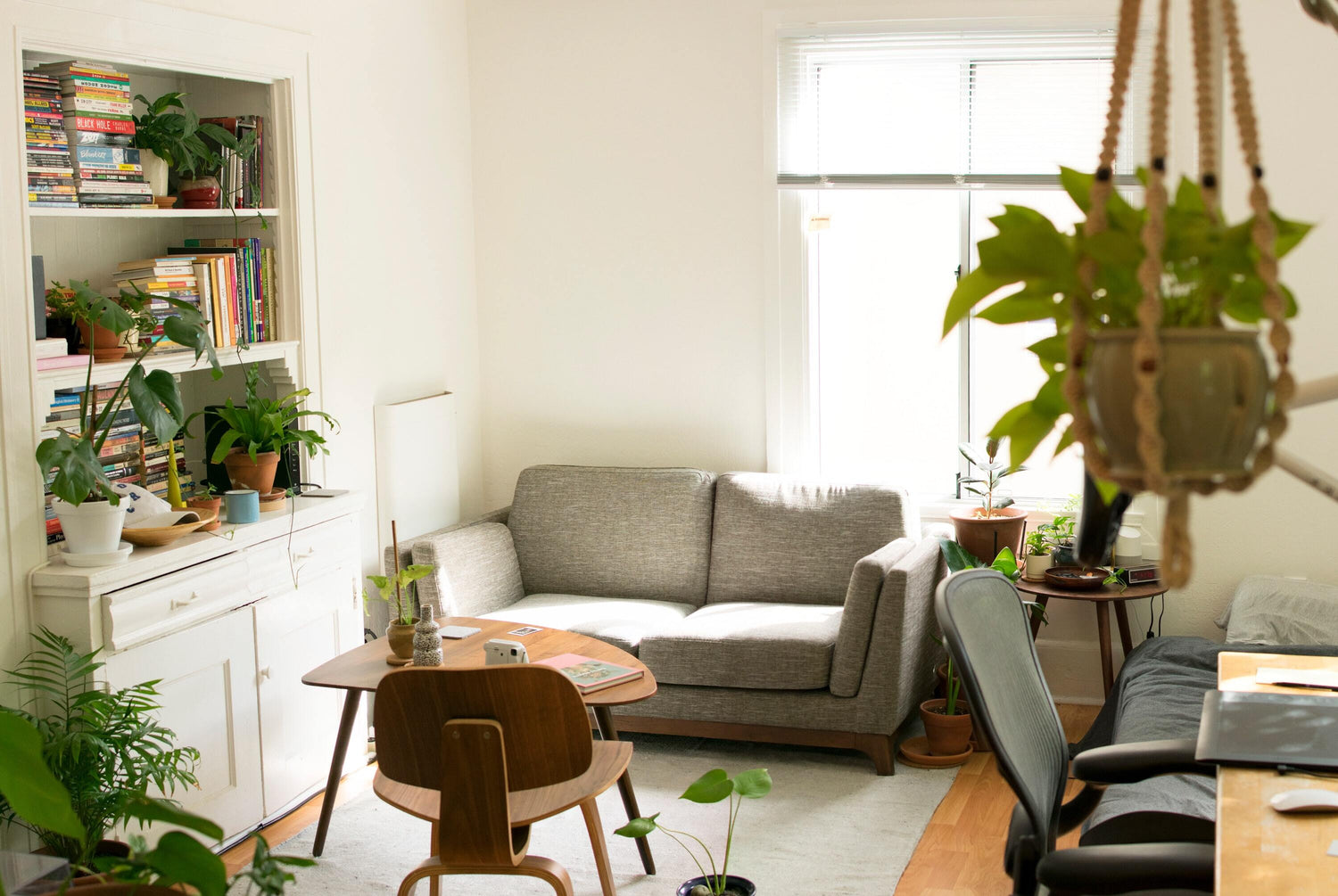
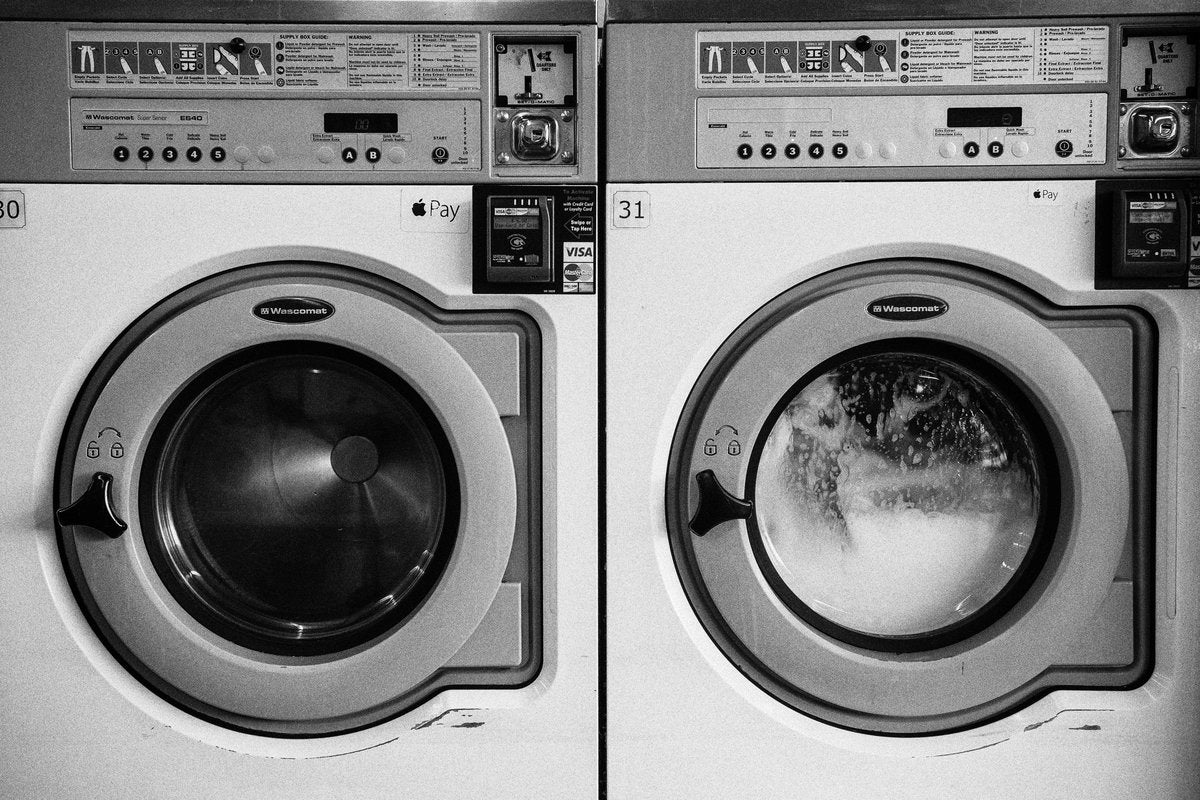
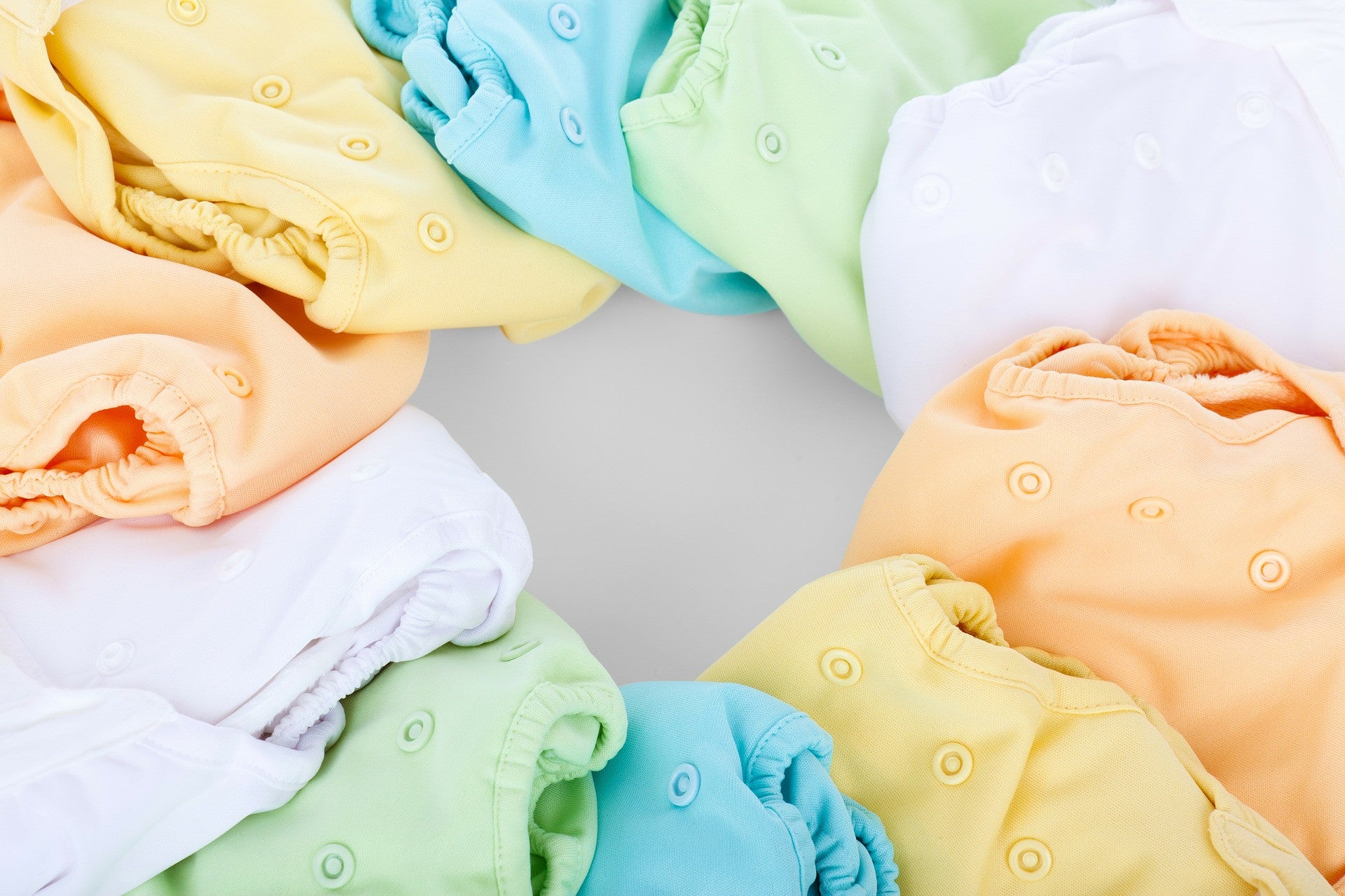
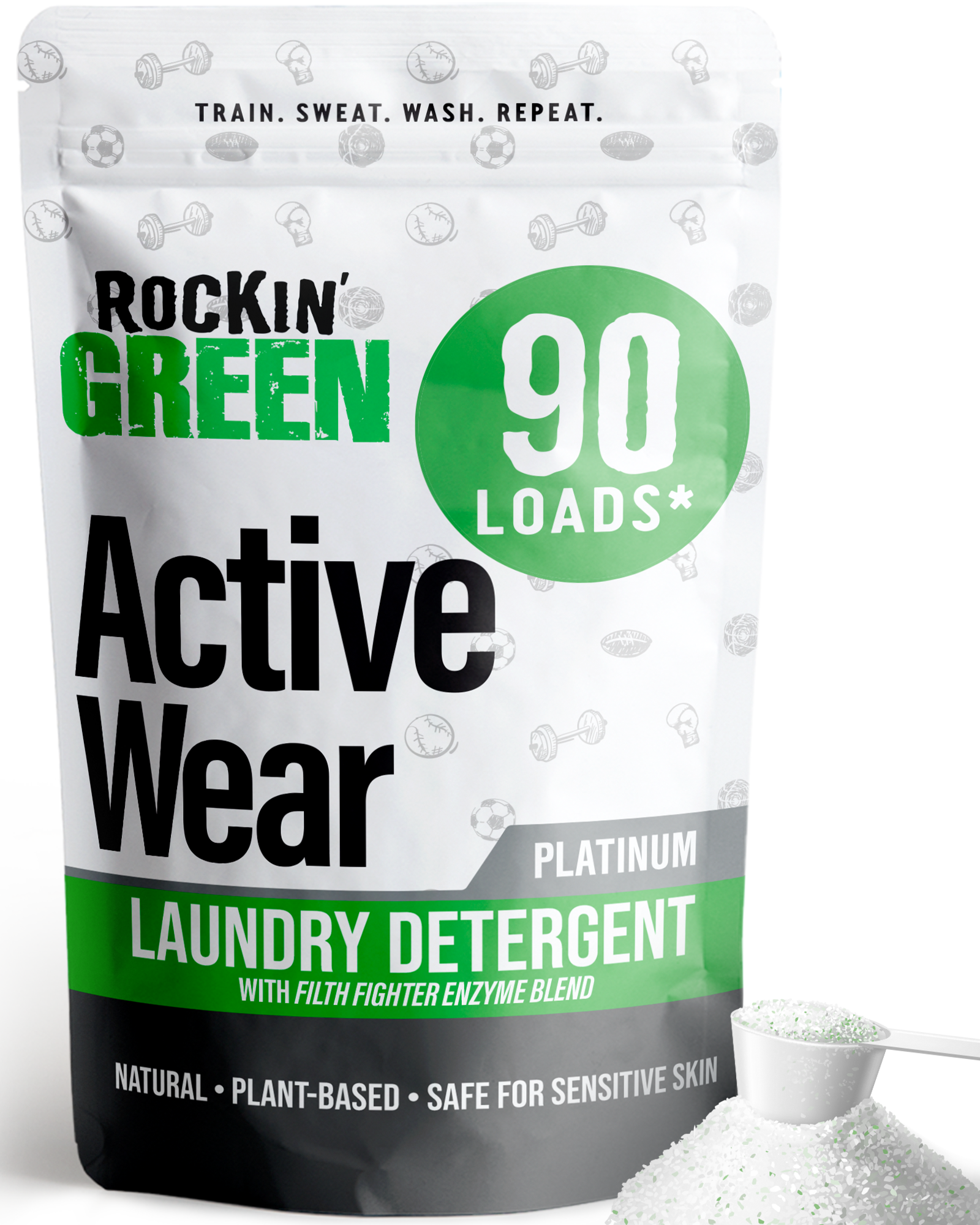
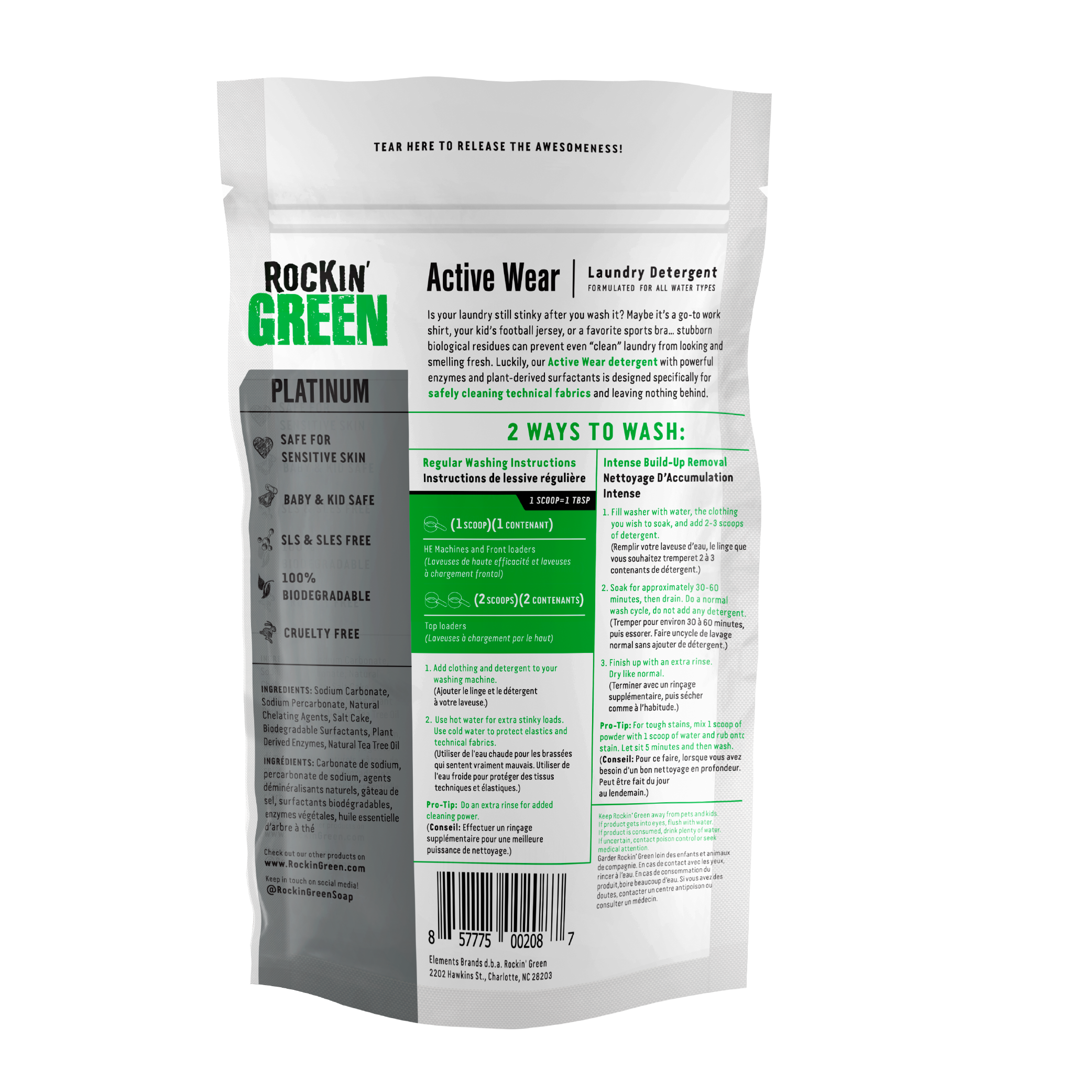
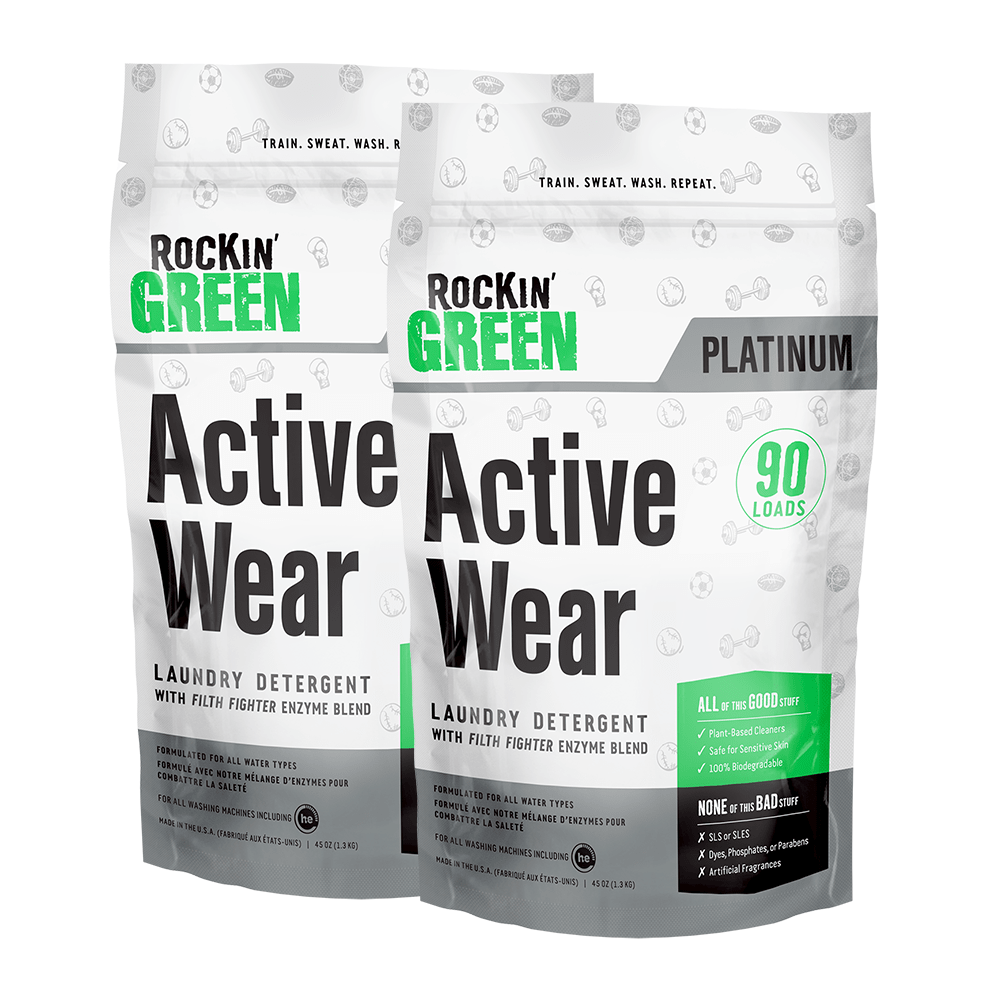
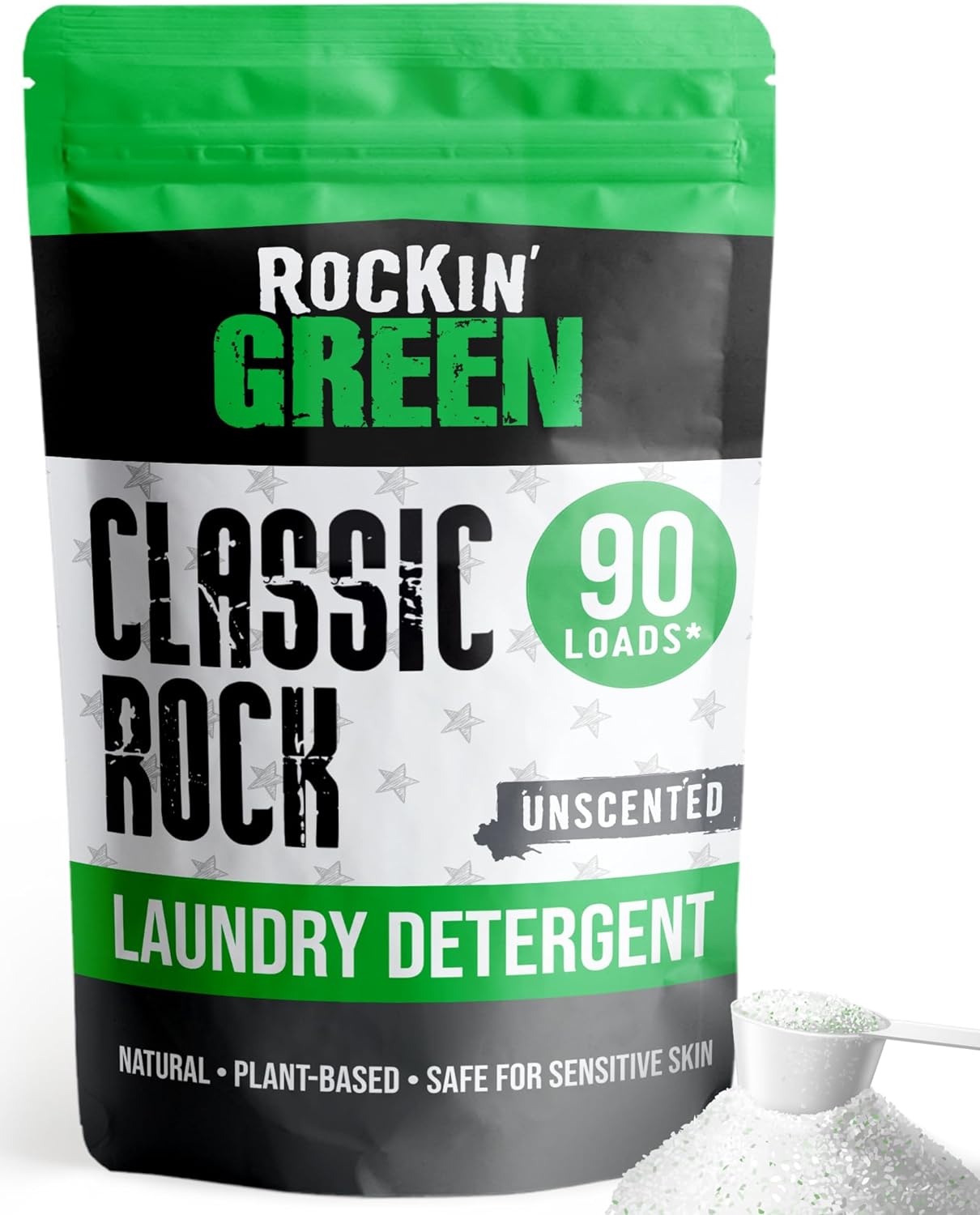
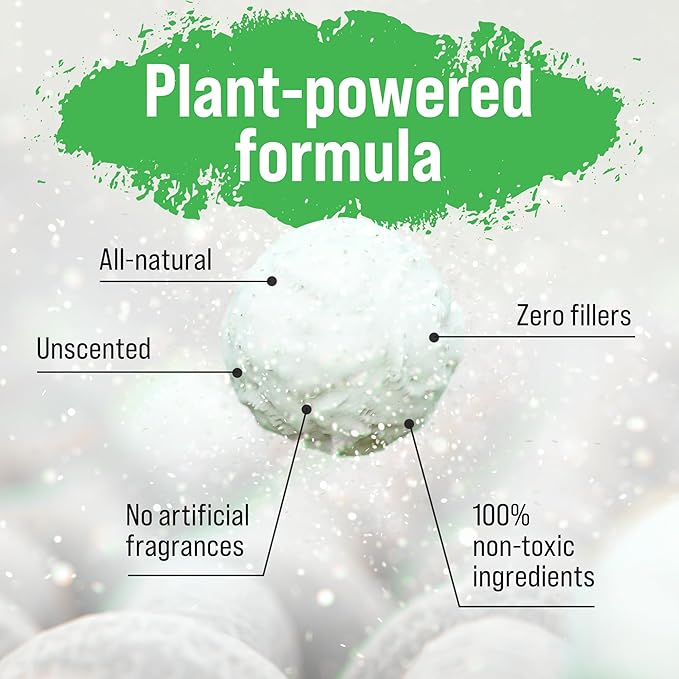
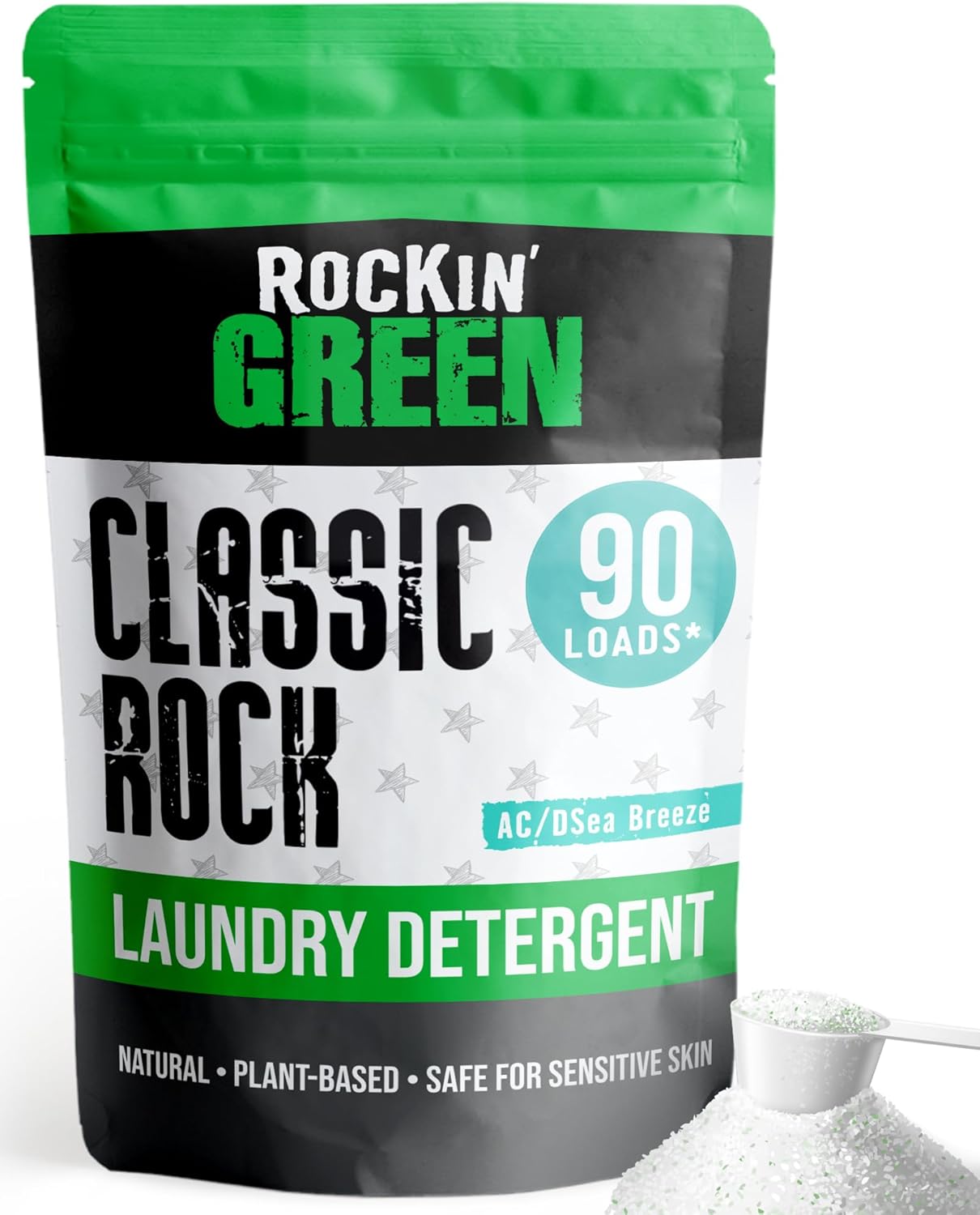
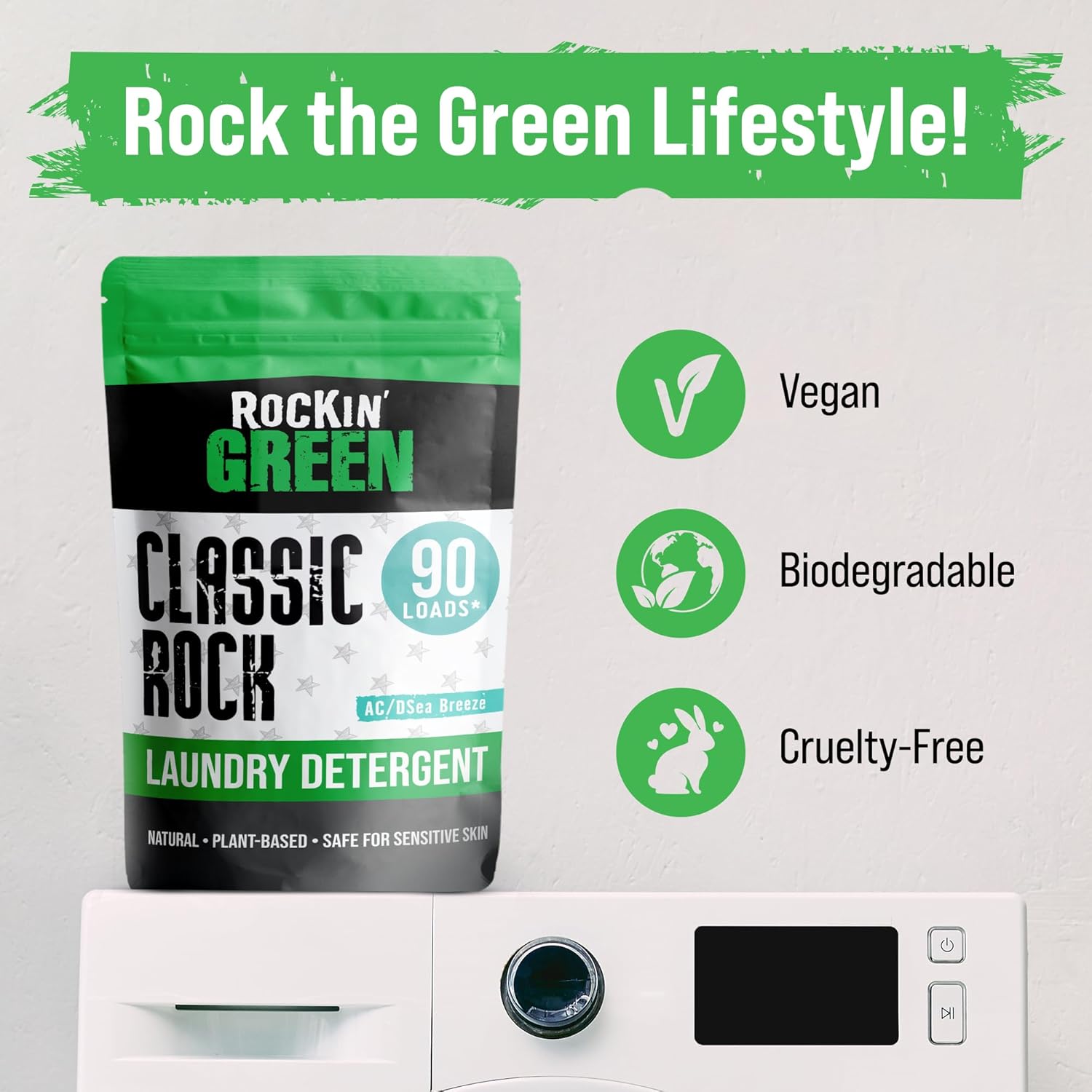
Leave a comment
This site is protected by hCaptcha and the hCaptcha Privacy Policy and Terms of Service apply.